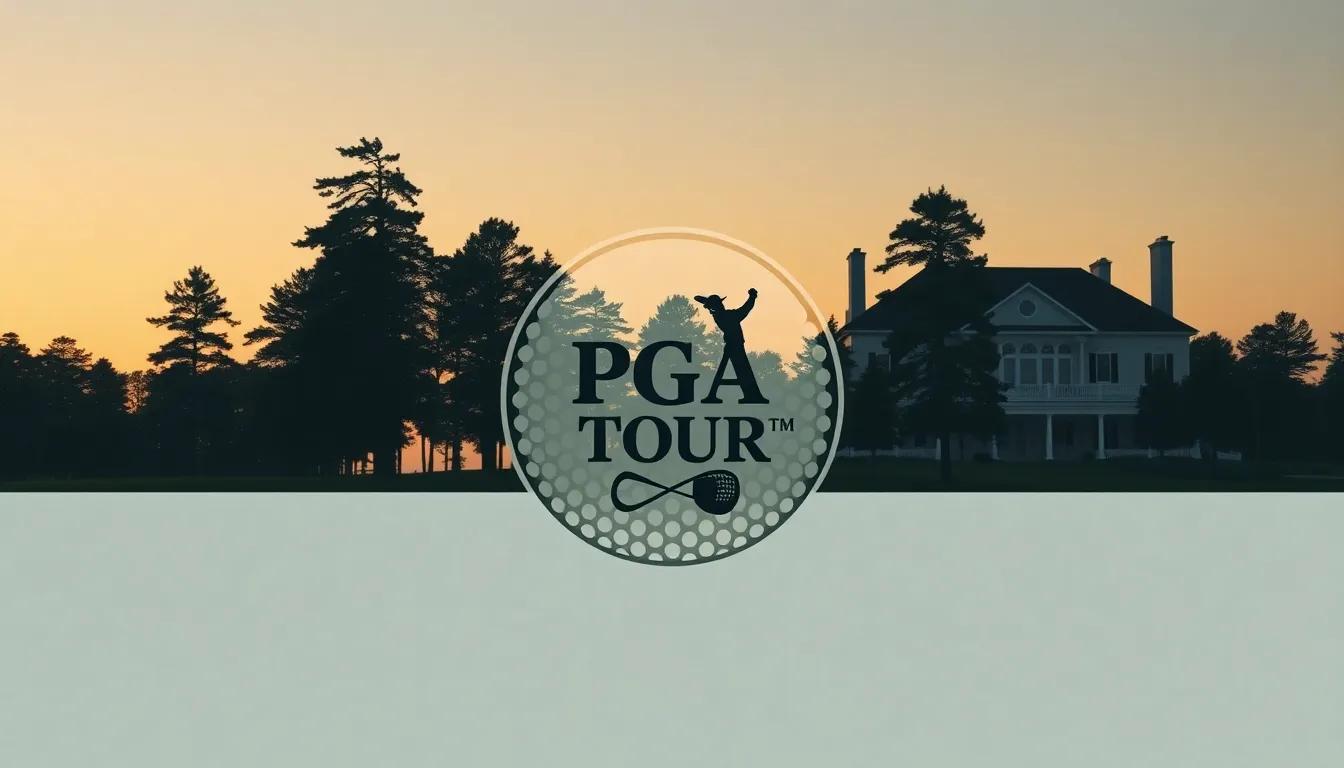The PGA Tour is getting serious about fixing slow play, and it’s part of a bigger push to make golf more fan-friendly.
Tour executives laid out their plans Wednesday at Pebble Beach, focusing on four key areas they’ll roll out in March: better broadcasts, tweaks to competition, more player content, and improved experiences for fans at tournaments.
“Everything’s on the table,” says PGA Tour chief marketing officer Andy Weitz. “We’re looking at creating the best version of PGA Tour golf.”
Slow play’s become impossible to ignore. Five-and-a-half hour rounds on the West Coast swing, TGL’s popular 40-second shot clock, and players speaking out about how slow play disrespects everyone from fans to fellow competitors have pushed the issue to the forefront.
The Tour’s not just talking – they’re acting. They’ve already announced smaller field sizes starting in 2026 to reduce course congestion. Now they’re adding more tools:
- A new video review center to speed up rulings
- Testing rangefinders first on the Korn Ferry Tour, then the main Tour
- A three-player working group to advise on solutions
- Possible public reporting of players’ average stroke times and fines
What’s different this time? The players themselves want change.
“I think there’s a real moment now for that all to be looked at,” says Tyler Dennis, the Tour’s chief competitions officer. “Change is in the air.”
The Tour’s even considering tougher penalties. They might speed up their warning system and hit slow players where it really hurts – their FedExCup points.
“Smaller fields mean slow players can’t hide anymore,” says Gary Young, senior VP of rules and competitions. “They’ll be exposed.”
While baseball’s pitch clock cut game times by 30 minutes and the NBA’s considering shorter quarters, the Tour’s focusing on flow rather than just speed. They want fewer delays and better rhythm to rounds.
Could we see a shot clock like TGL uses? It’s not off the table. The Tour already tracks shot times internally through ShotLink, and they’re open to bold solutions.
Beyond pace of play, fans can expect more access to player-caddie conversations, better broadcast coverage, and tournament experiences that might feel more like Formula 1 events.
“I think we’re going to look back at 2025 as an inflection point in the evolution of the Tour,” Dennis says.





